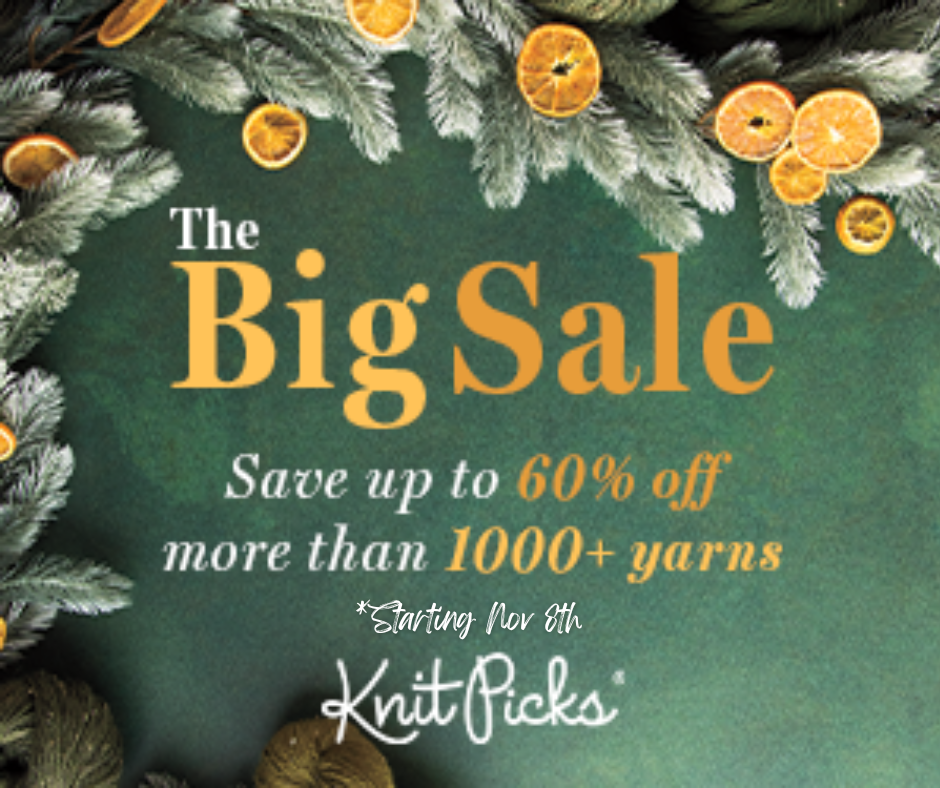Are you a beginner knitter looking to make your knitting experience easier and more enjoyable? There are few things as relaxing and rewarding as knitting, but without the right tools, it can be overwhelming to know where to begin. That's why we've compiled a list of the 10 essential knitting tools every beginner needs. From yarn and needles to a row counter and project bag, we'll cover everything you need to set yourself up for success. So, grab a cup of tea and let's dive into the world of knitting tools!
Yarn
When it comes to knitting, one of the most important components is the yarn. As a beginner, it's important to choose the right type of yarn for your project. You'll want to consider the weight of the yarn, the texture, and the fiber content.
Many beginners find it helpful to start with a medium weight yarn, also known as worsted weight. This type of yarn is versatile and easy to work with, making it a great choice for a variety of projects.
In terms of texture, you'll want to consider how the yarn feels in your hands. Some yarns are smooth and consistent, while others have a more textured or bumpy appearance. While texture is mostly a matter of personal preference, keep in mind that certain textures may be better suited for certain projects.
Finally, when it comes to fiber content, there are a lot of options to choose from. Some popular choices include wool, cotton, acrylic, and alpaca. Each type of fiber has its own unique characteristics, so it's worth experimenting with different types to see what you prefer. It is usually best to start with some budget friendly acrylic yarn to see how you like the craft before you invest in any fancy yarns.
Needles
When it comes to knitting, choosing the right needles is just as important as selecting the perfect yarn. There are a variety of needle types to choose from, including straight, circular, and double-pointed, each serving a different purpose.
Straight needles are ideal for flat, back-and-forth knitting, while circular needles are great for knitting in the round or for larger projects that require more stitches. Double-pointed needles, on the other hand, come in sets of four or five and are perfect for knitting smaller items such as socks or mittens. I personally do not like DPN's & use 9" circular needles.
When selecting your needles, consider the material they are made from. While wooden needles are great for beginners due to their grip, metal needles may be preferred by more advanced knitters due to their smoothness and durability. I started with wood & once I was more advanced I tried metal needles & have never looked back. Needle choice is very personal and every one has a favourite. If you can it is nice to try out an array of needle types before committing to a full set.
Scissors
A good pair of scissors is a crucial tool to have in your knitting kit. Which you will realize the first time you go to cut your yarn and scissors are no where to be found lol. I like to have several small pairs that I can fit in my project bags.
Tape measure
Another crucial tool for knitters is the tape measure. Whether you're working on a scarf, a hat, or a sweater, it's important to measure your work to ensure that it's the right size and length. Though you may be confident in your ability to eyeball measurements, a tape measure will give you more accurate results.
It's always a good idea to keep a tape measure close by while you're working on your project. Some knitters prefer a retractable tape measure that easily fits into their knitting bag, while others opt for a longer, flexible tape measure that can wrap around larger projects. Whichever you choose, make sure that it's easy to read and in both inches and centimeters.
Stitch markers
Stitch markers are a crucial tool for any knitter, especially beginners. These small, often colorful, rings are placed on your knitting needle to mark a specific stitch or pattern repeat. They help you keep track of your progress and ensure that you maintain the correct stitch count.
Using stitch markers can also make it easier to identify mistakes and fix them before they become too problematic. Knitters often use different colors of stitch markers to denote different types of stitches or sections of their project.
Row counter
Once you've mastered the basics of knitting, it's important to keep track of your progress. Using stitch markers can help you identify mistakes and fix them before they become too problematic. But in addition to stitch markers, you'll need a way to keep track of your rows. This is where a row counter comes in handy.
A row counter keeps track of the number of rows you've completed, ensuring that your project is uniform in size and shape. With a row counter, you won't have to worry about losing count or getting confused about where you left off. I tend to use my ipad for patterns and simply tick off each row/repeat as I do it.
Knitting gauge
Another important tool for beginner knitters is a knitting gauge. This simple tool allows you to measure the number of stitches and rows per inch in your knitting. By checking your gauge before starting a project, you can ensure that your finished piece matches the intended size and shape. I have a small keychain sized on from knit picks that I love.
To use a knitting gauge, simply knit a small swatch in the desired stitch pattern and measure the number of stitches and rows per inch using the gauge tool. If your gauge doesn't match the pattern's recommended gauge, you may need to adjust your needle size or tension to achieve the correct gauge.
It's important to pay attention to your gauge because even small variations can have a significant impact on the final size and shape of your project. Don't skip this step, it can save you a lot of frustration and disappointment later on.
Crochet hook
Another tool that is versatile for both knitting and crochet is a crochet hook. While it may seem counterintuitive for a knitting beginner to invest in a crochet hook, it can come in handy when working on certain projects, such as edging or adding embellishments. AND if you drop a stitch you will need a crochet hook to help get you back on track!
Plus, if you ever decide to try your hand at crochet, you'll already have a tool at your disposal.
Project bag
Now that we have covered the foundational tools, it's important to have a dedicated space to store and transport all your knitting tools. A project bag is not an essential accessory for every knitter, but they are very handy Project bags come in various sizes and materials, ranging from simple drawstring bags to more structured, compartmentalized bags with organizational pockets.
When choosing a project bag, consider the size of your projects, the number of tools you carry, and your personal style. Some bags are big enough to hold multiple skeins of yarn and several projects, while others are more compact and designed for smaller projects. You should also consider the construction of the bag, as some may have reinforced bottoms to prevent sagging, while others may be made from water-resistant materials to protect your projects from spills.
Reference book/ stitch dictionary
Now that you have all the physical tools you need to dive into knitting, it's important to arm yourself with knowledge. A reference book or stitch dictionary can be an invaluable resource for beginners looking to learn new techniques & stitches.
When choosing a reference book, look for one that is geared towards beginners and includes clear, step-by-step instructions with accompanying illustrations. The book should cover the basics of knitting, including types of yarn and needles, casting on and binding off, and basic stitches such as knit and purl.
As you progress in your knitting journey, you may want to invest in more advanced reference books that cover topics such as colorwork, lace knitting, and garment construction. Don't be afraid to ask for recommendations from more experienced knitters, or to browse reviews online before making a purchase.
In conclusion, knitting can be a fun and rewarding hobby for beginners, as long as you have the right tools. The 10 essential knitting tools covered in this article are yarn, needles, scissors, tape measure, stitch markers, row counter, knitting gauge, crochet hook, project bag, and reference book. Investing in these tools will make your knitting journey easier and more enjoyable, while also setting you up for success. Remember to take your time, practice, and don't be afraid to make mistakes. Happy Crafting!








